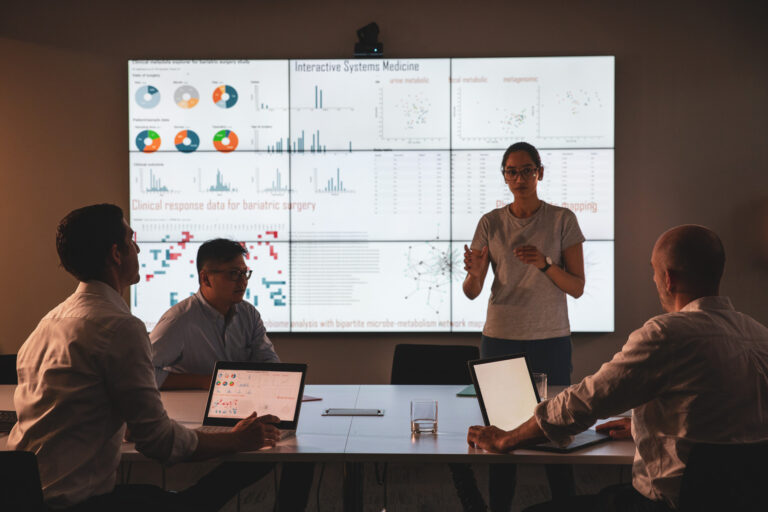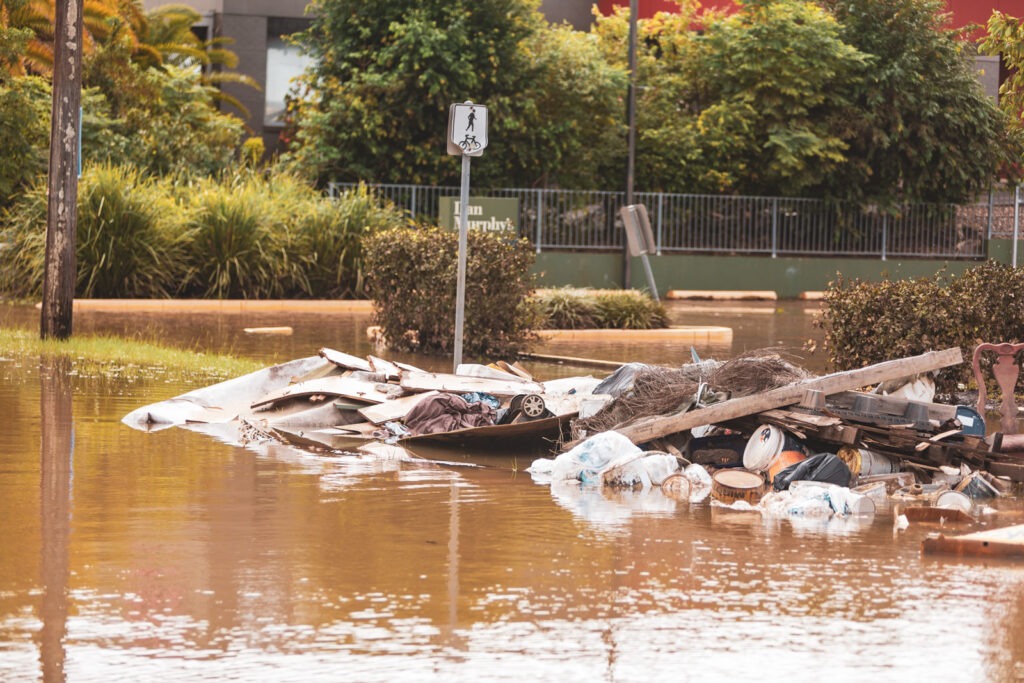Novel antibiotics are needed – but they are challenging to discover and bring to market. Financial push and pull incentives encourage early research, later-stage clinical development and investment returns.
Why do we need new antibiotics?
Antimicrobial resistance, or AMR, has been accelerating worldwide. It poses a major health and economic threat: more than 1.2 million deaths each year are caused by AMR,1 and its cumulative cost to the global economy is expected to be at least US$40 trillion by 2050. While it is a naturally occurring phenomena, the acceleration in AMR is caused by a mix of factors – ranging from misuse and overuse in humans and animals, to flaws in the manufacturing supply chain that release antibiotics into the environment.
Yet despite the acceleration and impact of AMR globally, investment into developing new antibiotics, or finding ways to manage antibiotic resistance, aren’t keeping up.
“The golden era of antibiotic discovery was from the 1950s to the 1970s,” says Professor Mark Blaskovich, an antibiotic hunter at The University of Queensland and co-founder of the Centre for Superbug Solutions. “We became complacent. We were able to treat infections effectively, and so the amount of research and development that went into discovering new antibiotics stalled.”
“
It takes 10 to 15 years from discovering a new compound to using it in the clinic.
Professor Mark Blaskovich
What scientific solutions have we found to develop new antibiotics?
Most antibiotics that are currently in the clinical-development pipeline are new versions of existing compounds. What is needed are novel antibiotics that overcome the resistance mechanisms that bacteria developed against the original antibiotics.
Some novel antibiotics could be hiding in plain sight. “We have a program developing a class called octapeptins which were reported in the 1970s but which were then never taken any further and they have some very interesting properties,” says Prof Blaskovich.2
Researchers are also using unusual techniques to coax existing microorganisms into producing novel antibiotics. For example, growing different microorganisms together in the same petri dish triggers a threat response that pushes the microorganisms to produce potentially new antibiotics as a defence mechanism.
Gene sequencing is an alternative way to find novel antibiotics produced by microorganisms. Researchers use ‘metagenomic’ sequencing to identify gene clusters in communities of microorganisms and predict their structure. A class of bacteria-killing chemicals called malacidins was discovered with this method.
Researchers are also exploring other, non-antibiotic scientific solutions to the AMR challenge. For example: by developing new non-antibiotic compounds that work with existing antibiotics to enhance their effectiveness; using viruses that kill bacteria, called phages; and, creating vaccines, some of which have shown great success for some bacteria, and with many others being explored.

What are the financial challenges?
Despite the science advancing, turning research into market-ready products is hugely expensive and time-consuming.
“It takes 10 to 15 years from discovering a new compound to using it in the clinic,” says Prof Blaskovich. The reimbursement that developers receive for new antibiotics doesn’t cover the cost of their development.
An added challenge for new antibiotics is that they need to be used as little as possible to prevent bacteria from becoming resistant to them. This antibiotic stewardship means that new compounds would be kept on the shelf for emergencies rather than being sold and used in large quantities.
This makes investment into new antibiotics financially unsustainable for the pharmaceutical and biotech industry.
“
Push incentives bolster early stage research and are already a focus in Australia.
Brendan Shaw
What financial solutions have we found?
Even when early stage research is successful, it still takes novel, innovative funding models to pull new antibiotics through the development pipeline into commercialisation.
‘Push and pull incentives’ can help. ‘Push’ incentives lowers developers costs and risks through financial or tax incentives while ‘pull’ incentives rewards successful antibiotic development by ensuring the developer’s financial viability (as there will likely be lower revenue due to the nature of antibiotic use).
“Push incentives bolster early stage research and are already a focus in Australia,” says Dr Brendan Shaw, an economist, political scientist and principal at Shawview Consulting. “But action has been slow to put in place pull incentives that encourage the private sector and others to take newly discovered antibiotics to a point where they are ready to go to market.”
This lack of sufficient pull incentives is a key gap in addressing AMR in the Asia-Pacific economic region, including in Australia, according to a recent analysis by the Asia-Pacific Economic Cooperation (APEC). The Australian Government is examining potential funding models to bridge the gap – including looking at pull examples in other regions.
In the UK, the government is testing a pull incentive that doesn’t make payments to antibiotics manufacturers based on the amount of antibiotics that are sold once they are brought to market. Instead, the UK National Health Service makes regular payments to antibiotic drug manufacturers regardless of how much that antibiotic is actually used.
Because of the similarity to a subscription model, this incentive is also known as the ‘Netflix model’. In the USA, the PASTEUR Act similarly aims to decouple payments for novel antibiotics from their volume of sale but still needs to pass congress. Global adoption of this model is needed to ensure novel antibiotics are able to be created.
Incentives that support responsible manufacturing are an important part of commercialisation. “If you have antibiotic residues coming out of factories sitting in river systems and the water supply, then potentially the bacteria can naturally learn to adapt to them,” says Dr Shaw. Stopping antibiotics from reaching the environment during their manufacture and use helps combat AMR.
Anja Becher is a Sydney-based freelance medical writer. She has more than 20 years’ experience writing across a wide range of health topics, including cardiovascular and respiratory medicine, metabolic diseases, gastroenterology and oncology.
References
- Antimicrobial Resistance Collaborators. Global burden of bacterial antimicrobial resistance in 2019: a systematic analysis. Lancet 2022; 399(10325): 629-55.
- Zuegg J, Hansford KA, Elliott AG, Cooper MA, Blaskovich MAT. How to stimulate and facilitate early stage antibiotic discovery. ACS Infect Dis 2020; 6(6): 1302-4.



